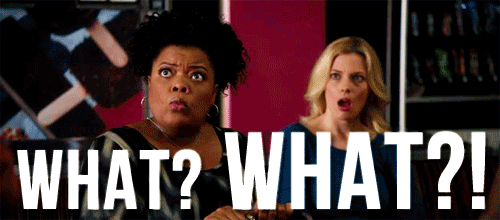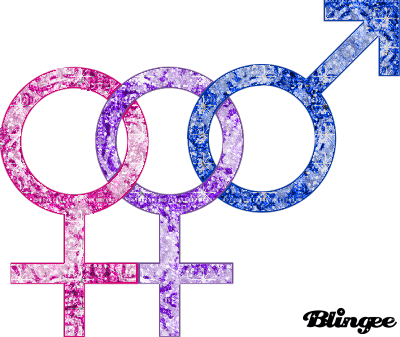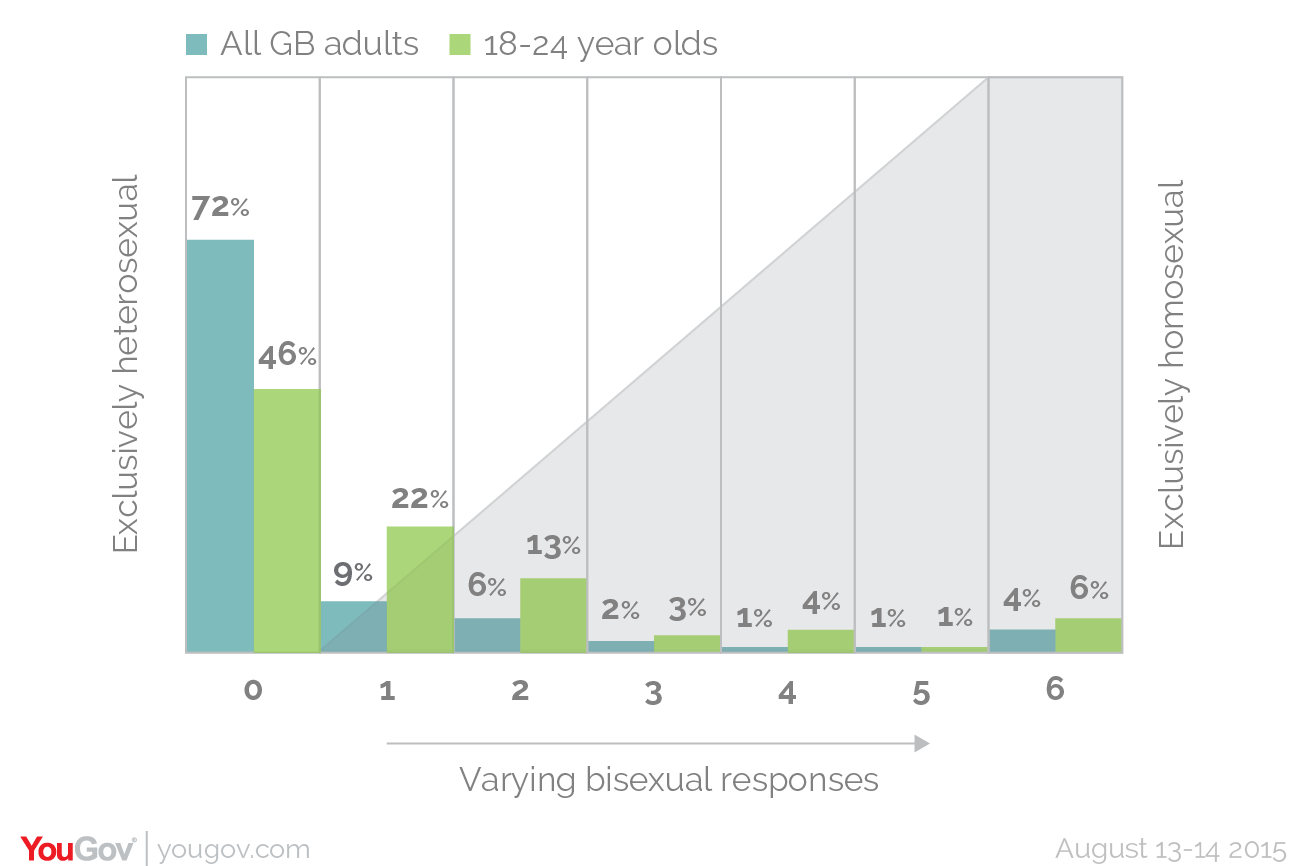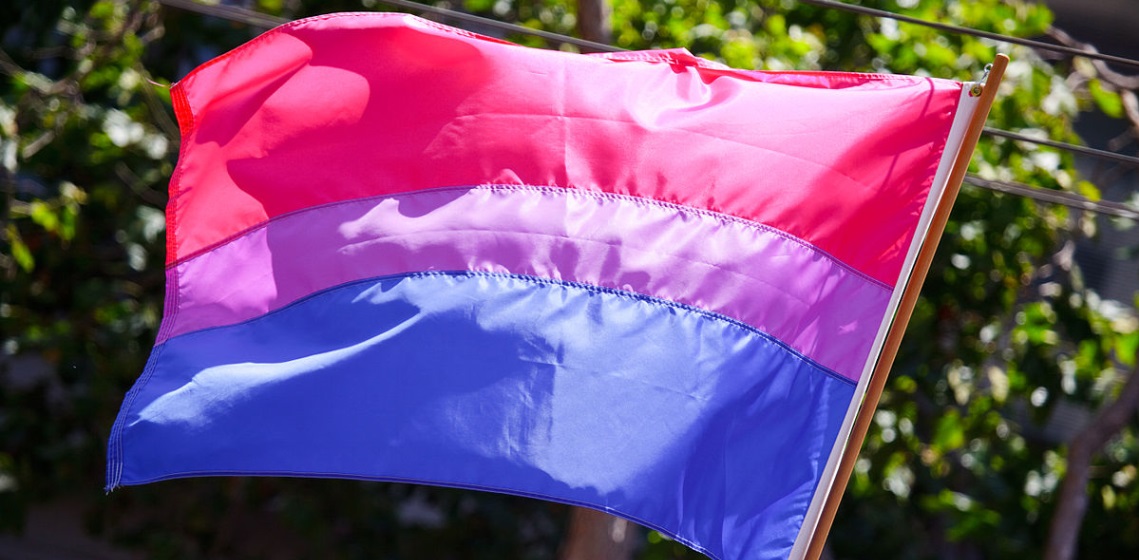LGBTQI acceptance in Hungary is rather to a greater than to a smaller extent, but nevertheless,bisexuals may be the most invisible.In the first place because most of them tend to stay in the closet, secondly because many of them get confused about their occasional, exclusive sexual desire (more about this below), and in the third place because the LGBTQI community itself can’t really understand their identity.
Bisexuals are traitors, because they are in fact lesbians, they just don’t dare to come out, out of comfort
– a criticism you can often hear.
Traitors, because what if they don’t admit their “true” lesbian identities? Traitors, because why would anybody get involved with a bisexual, when there’s a chance anytime that they choose the other side? Both heterosexuals and the vast part of the LGBTQ+ community think about them as insecure UFOs, e.g. they have doubts about them as how can someone be monogamous if they are bisexual.
The “latent lesbian” and the “latent heterosexual”
Coming out as a bisexual is not easier than for any other LGTQ+ person. Bisexuals often have to come out not only in front of straight people, but in front of the LGTQ+ community itself as well - it can easily happen that they are confronted even more in our community.
It often happens that a bisexual girl is called “latent lesbian, she just doesn't know what to do with herself” in between her straight friends.. In contrast, the gay community just calls them 1) “curious heterosexuals”, so not true lesbians, or the repeated story 2) “latent lesbians”, because “they will soon realise what they want”.

What is bisexual attraction like?
The answer might seem complicated. Many bisexuals - men, women or other gender - will experience that
- In certain situations
- To certain people
- In a certain mood and
- Stage of life they feel an attraction to the same or the opposite gender.
These experiences are highly depending on the individual.
According to some records, for some people this lesbian eroticism only appears in a certain hormone status depending on the moon stage. Others experience it randomly, they can’t relate it to anything and there are some who mostly think about themselves as homosexuals who have feelings for men occasionally, e.g. when they feel an inner desire anyway.

It’s not accidental that there are some bisexuals who discover their sexual orientation quite late. Many bisexuals say that when they have feelings for the same or the opposite gender, mostly it is exclusive. They experience it in a way that it is their orientation at that time, and only that. And if it passes quickly they consider it as a “failure rate” but it might last for decades. So they either accept it or not, which is again a complicated question beyond the coming out dilema.
Homo- or heterosexuality as a culture
If you asked around in a gay or lesbian party, most probably you would only find a few openly bisexual person. This is so despite the fact that many people who consider themselves gay or lesbian think that they are biologically bisexuals, they have lived together or could establish a relationship with someone from the opposite sex. They live a temporary or a long term gay/lesbian life, so culturally they are not bisexuals. Same applies to the ones identifying themselves as heterosexuals who not only have had homosexual relationships, but also enjoyed it, maybe due to this experience they searched for more.
Attraction in numbers
All of this shows that bisexuals are often invisible, even to themselves. This is so despite the fact that some scientific theories say that at least half of the society is bisexual. Based on this, the number of monosexuals,the ones who are attracted sexually only to one gender - being heterosexual or homosexual is relatively low.
A comprehensive research from Great Britain from 2015 showed that 23% of the society considered themselves as not 100% heterosexual. This is not so drastic, but the interesting part is the age group between 18 and 24, who went through the gender revolution: 49% of them, so every second youngster considered themselves as LGBTQ+. Even more to this, instead of lesbian or gay, 44% of them identified themselves as bisexual (or other)! This makes only 5% of them monosexuals. Nevertheless, if we look at elder age groups, this number is decreasing: 29% in the age between 25 and 39, 16% of the middle aged group and 7% of the group above 60 years old consider themselves as bisexual.

However complicated it sounds, we can state that more and more bisexuals will come out with the progression of the LGBTQ+ community and their social acceptance. If more of them come out, we could have a better and more realistic, numerical picture of the human sexuality. And the more bisexuals come out, the more false concepts can be demolished about them.
Translated by Zsófi Bártfai

